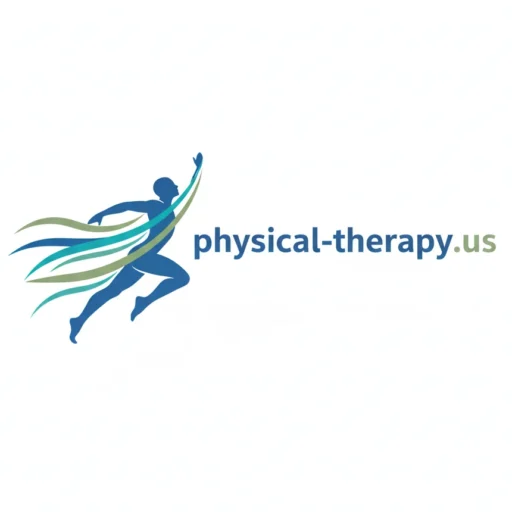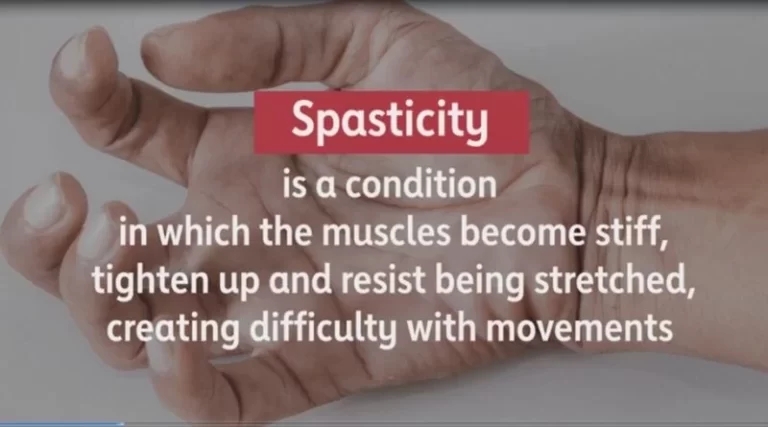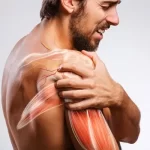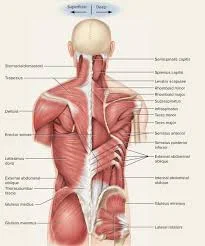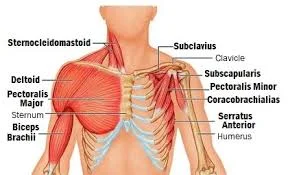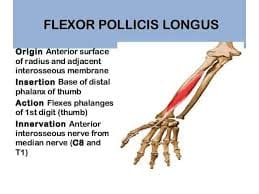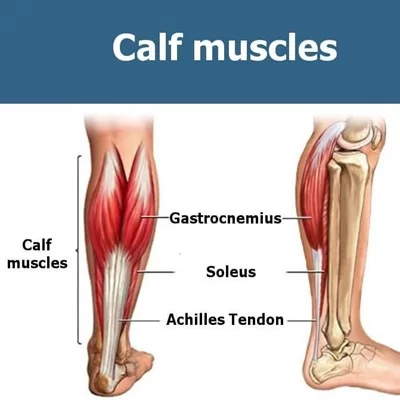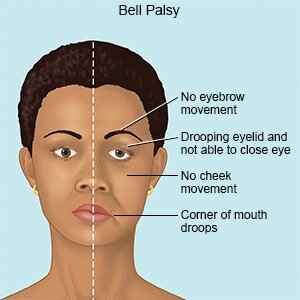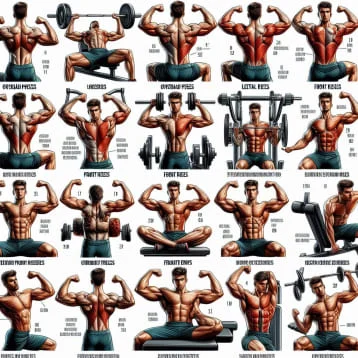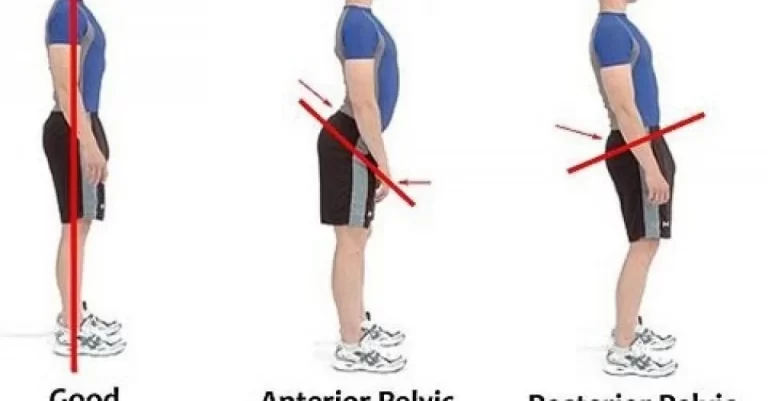Spasticity
What is a Spasticity? One aspect of upper motor neuron syndrome is spasticity, a motor condition characterized by a velocity-dependent increase in tonic stretch reflexes (muscle tone) with heightened tendon jerks as a result of the stretch reflex’s hyperexcitability. Lance’s 1980 physiological definition of spasticity is the most well-known and frequently used explanation of the…
